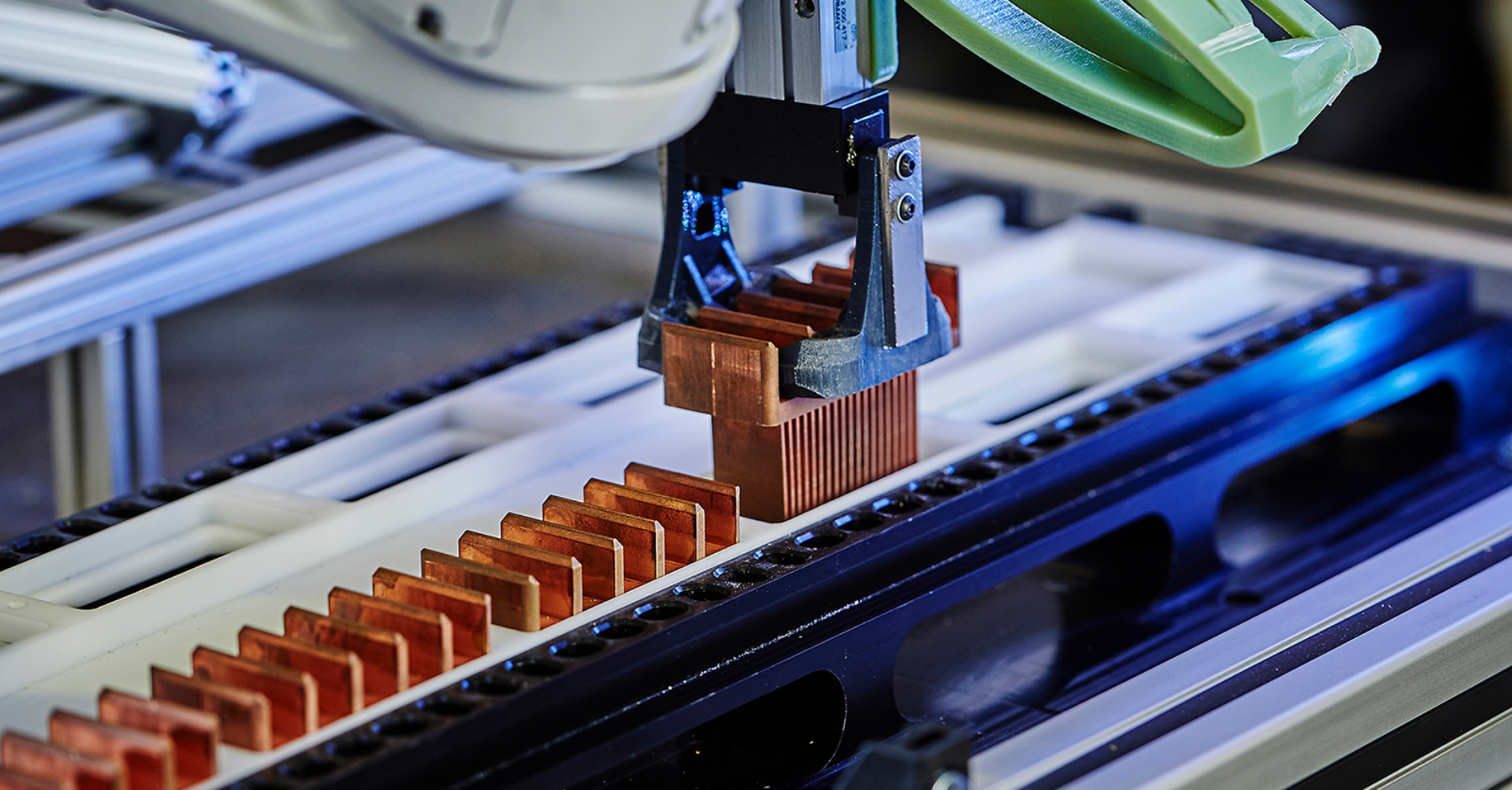The Manufacturing Technology Centre led the project and worked with a consortium comprising engineers and scientists from Loughborough University, Unipart, RDVS Components, the Bluebird Innovation Group and Cenex, the Government-backed centre of excellence for low carbon and battery technology.
The project team included the Aylesbury-based Centre for Remanufacturing and Re-use which is funded by Defra.
Canadian-based battery specialist Electrovaya supported the project and provided a Maya 300 low speed electric vehicle to act as a test bed. The Maya 300 is powered by Electrovaya’s lithium-ion super polymer battery.
The project’s objectives were to redesign a battery for an electric vehicle (EV) with the following attributes:
The project consortium devised a battery specification based on the Bluebird EVX sports car whilst considering a flexible design to allow reconfiguration for other vehicles. A 4kw module was targeted running a 3parrallel 12series configuration operating at a nominal 40 volts, cooling was also specified as a requirement. For the Bluebird application 8 modules would be configured in series giving a 32kWhr vehicle. Bluebird completed vehicle design to provide much of the battery structure in load bearing chassis members to reduce component weight.
A battery was designed and manufactured utilising a novel design to minimise weight whilst improving assembly. The MTC designed and manufactured high current, push-fit connections, preventing the need for screwed or welded bus bars. The MTC also worked with RDVS to re-design the Battery Management Board (BMB) allowing it to be sandwiched between the cells and bus bars, removing the need for wiring. MTC and RDVS also designed and manufactured a novel Intelligent Battery Interface System (IBIS) which dramatically saved weight and assembly time of the standard device.

The MTC built a robotic assembly demonstration cell and completed fully automated battery builds using a dummy battery. The build was completed in 18 minutes, 6 minutes shorter than the target TAKT time.